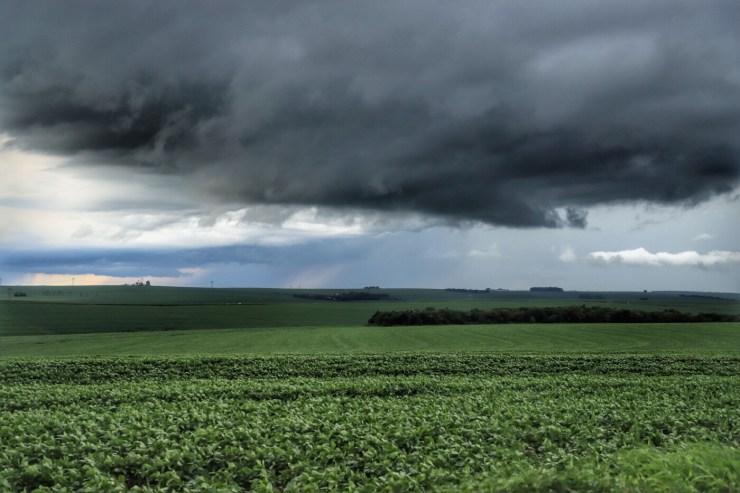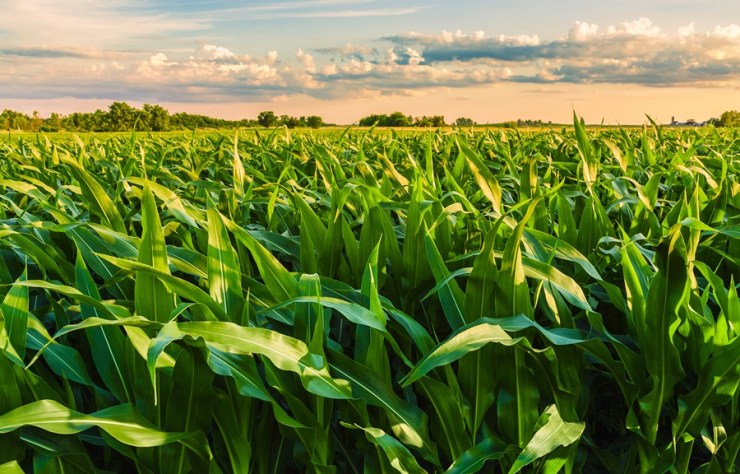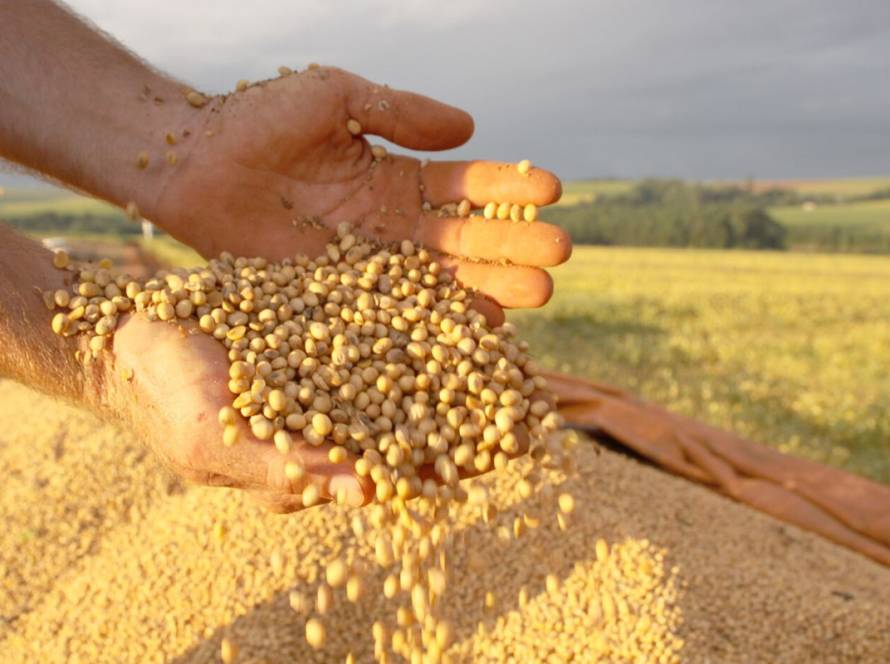The start of planting for the 2025/2026 soybean harvest reinforces the importance of strategic planning to ensure productivity and sustainability in agricultural operations. Preliminary data from Datagro indicate that Brazil will expand its cultivated area for the 19th consecutive year, reaching 49.1 million hectares, an increase of 2% over the 48.1 million hectares of the previous harvest. This scenario suggests positive prospects for national production.

Photo: Felipe Ro
Combined with planning, digital agriculture emerges as an essential tool for more accurate decision-making, integrating all stages of production and providing a competitive advantage. Benefits include optimization of up to 40% in soil sampling and analysis and a potential increase of up to 3% in soybean productivity.
Discover how strategic planning combined with digitalization can transform every stage of the harvest:
1 – Choosing the seeds
Selecting the right variety is crucial. Technologies incorporated into seeds help address climate stresses, pests, and diseases, while choosing the ideal cultivar should consider regional specificities, maximizing the crop's development and production potential.
2 – Climate monitoring
Analyzing weather forecasts allows for more assertive decisions, such as advancing or postponing planting, or even changing the variety per plot. The combined use of technology and climate data improves risk management, even when faced with complex and unpredictable factors.
3 – Planting
The adoption of variable seeding rates by management zones enables productivity gains of between 2% and 3%, adjusting planting density according to the field. Producer knowledge combined with technology ensures efficient use of resources and maximizes the performance of each area.
4 – Crop monitoring
During the soybean growing season, digital tools allow for the identification of areas requiring attention through satellite-based biomass maps. Using historical production potential data reduces soil sampling by up to 40% and, combined with variable-rate nutrient application, increases crop yields.
5 – Phytosanitary management
Digital weed mapping using drones (UAVs) identifies infestation spots, enabling targeted herbicide application. Depending on the equipment available, using nozzle-by-nozzle or section-by-section technology reduces waste, saves time, and makes operations more sustainable.
According to agricultural engineer Guilherme Dressano, a crop protection specialist, digitalization is transforming the way we plan and execute harvests. "By integrating data, technology, and management, we can offer producers a complete journey, optimizing time and resources, and increasing productivity," he emphasizes.





